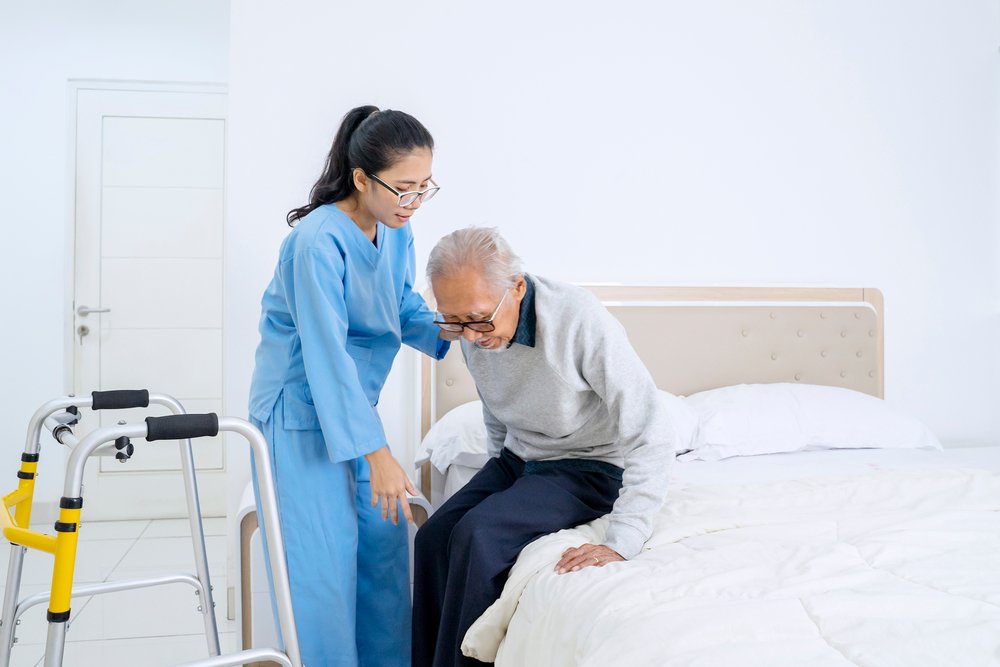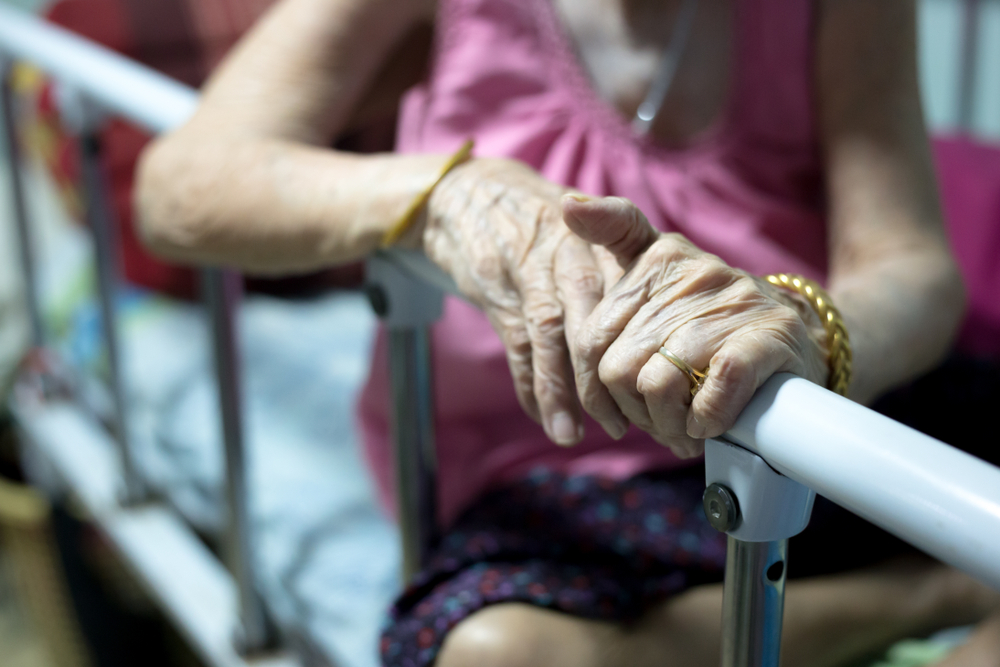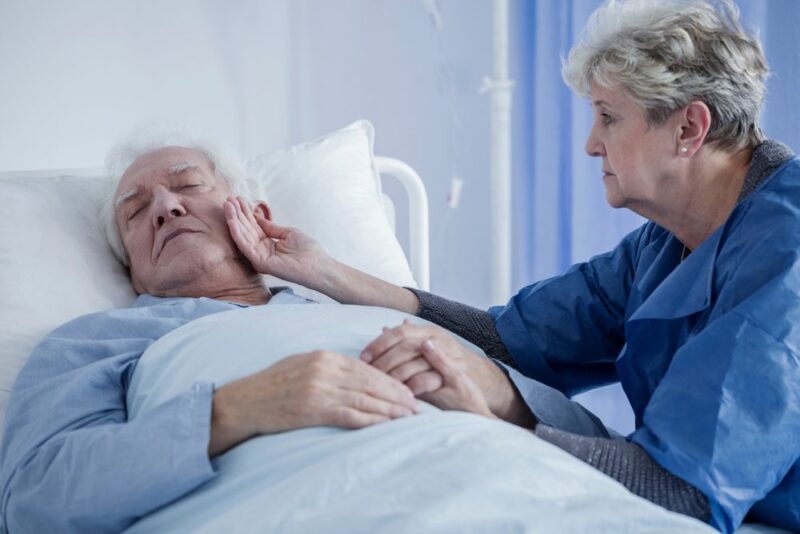Surviving a stroke is certainly something to celebrate, but it’s hard for family members to recognize the long road to recovery that lies ahead. After my mother’s hemorrhagic stroke, she spent weeks at an in-patient acute rehab facility where she received intensive physical therapy, but she was still very weak and couldn’t stand or walk on her own. My father and I spent many hours researching whether she should continue therapy at an assisted living facility and finally took the advice of doctors and therapists that she would recover best at home. Research shows that in most cases, this is ideal.
“Most patients are happier and have better morale when they’re in their home rather than in a hospital or a rehab center,” said Tim Lachman, MD, a neurologist in Philadelphia. “A goal of stroke treatment is to get patients back into their own environment with the best amount of restored functioning.”
If your loved one’s hospital team has recommended bringing him or her home after a stroke, I’ll tell you how my family made it work.

The Importance Of a Support System
Taking care of a stroke survivor is a full-time job. Since my father was the only one living with her, it was up to him to get her out of bed, dress her, cook for her, do laundry, take her to doctor appointments, and everything else you can imagine. No matter how strong a caretaker is, they have to get a break once in a while. My brothers live out of town, so I spent as much time as possible trying to help— but as a mother of three, I couldn’t be there as much as I wanted to. Luckily, my husband was very helpful in running our kids around whenever possible, and we were fortunate to have her sister come by several times per week.
Long story short— you must have support if you want your loved one to recover at home, and you must be willing to accept help when it’s offered. It can be a physically and emotionally taxing experience that few can do alone.
Financial Considerations
My mother’s Medicare supplement made it possible for her to continue rehab at home with physical and speech therapists— both of whom played vital parts in her physical and cognitive recovery. My father also needed to hire a handyman to install stair rails and grab bars, and purchased other safety supplies such as bed rails and bath seats. Depending on the layout of your home, you may need to install ramps and widen doorways. All of this can be very expensive, so make sure to check with your insurance company to verify what home services will be paid for and whether you’ll be reimbursed for safety supplies.
Home Modifications
About a week before my mom came home, an occupational therapist went through each room in her house and pointed out changes that needed to be made in order to make her safe, so plan on someone coming to give you the same advice. The American Stroke Association has ideas for modifying a stroke survivor’s home. Here are some of their suggestions along with the changes we made:
The Front Door
- A wheelchair ramp. My parents’ house doesn’t have steps, but if your home does and your loved one is still too weak to walk, you may need to use a wheelchair to get them in and out for doctor appointments.
- A wider doorway. Depending on the size of the wheelchair, this may be necessary.
In The Kitchen
- A kitchen chair with arms. Balance problems are very common after an aneurysm or stroke, so it’s important to have arms that can keep patients from falling sideways out of the chair. We were able to borrow one from a friend and it brought great peace of mind when my dad needed to leave her alone in the kitchen once in a while.
- Stove knob covers. Unsteadiness and initial cognitive disabilities can make it unsafe for stroke victims to use the stove. It’s safer to allow them to use the microwave if they want to cook.
- Remove sharp knives. Your loved one may not be able to hold his or her hands steady enough to safely cut food with a knife, so keep them out of reach until you know it’s safe.

In The Bathroom
- Grab bars. These are a must to help with balance and stability. My dad replaced towel bars with sturdy grab bars, and also put grab bars in the shower.
- A transfer tub bench. This seating device goes over the side of the tub to allow your loved one to sit from the outside and swing their legs over to the inside, and then sit during their shower.
- A hand-held shower. This helps tremendously whether a stroke survivor wants to bathe themselves or has a caretaker helping.
- A raised toilet seat. Look for one with metal handles for support while sitting and standing.
- A single-lever faucet. If your loved one is in a wheelchair or has paralysis on one side, these are nice because they allow you to control water temperature and pressure with one hand.
In The Bedroom
- Bed rails.It’s not uncommon for stroke victims to try to get out of bed on their own, which isn’t safe if they’re still learning to walk. Bed rails help keep them in until a caretaker can help them get up safely.
- Risers. It can be difficult for a stroke survivor to squat down and stand from a low bed. Bed risers are an affordable method of bringing the bed to a more comfortable level for sitting and standing.
- A baby monitor. This came in handy for my father to know when my mother woke up.
NOTE: If the bedroom is on another level from the general living area, you may want to consider putting a temporary hospital bed somewhere on the main level until your loved one becomes stronger.
Be Prepared For Setbacks— But Know the End Result is Worth It
As I said before, this won’t be easy. You’ll have weeks of one step forward, three steps backward— and everyone involved will be frustrated. Just keep in mind that as you help your family member recover skills they’ve lost, they would do the same for you if the situation were reversed.

